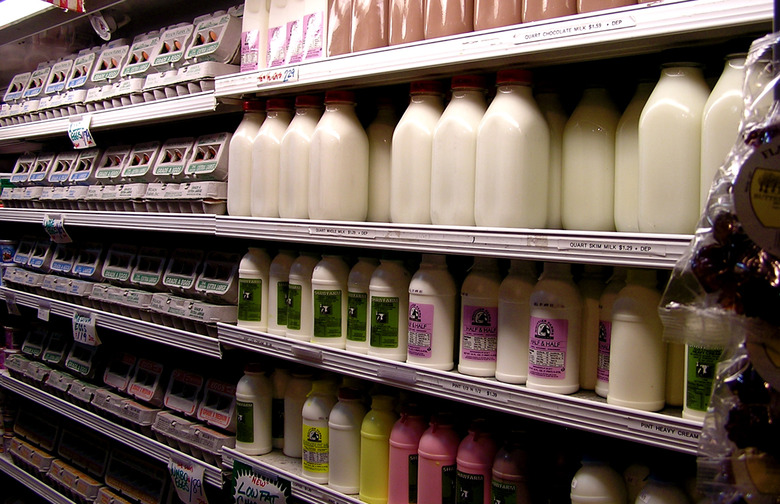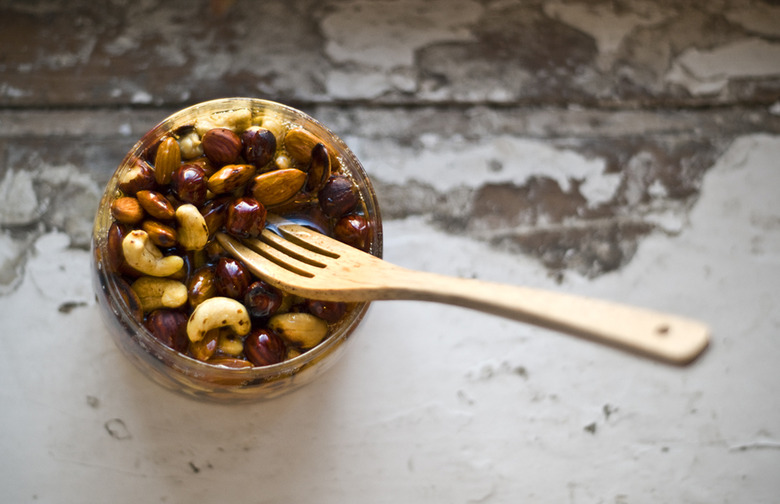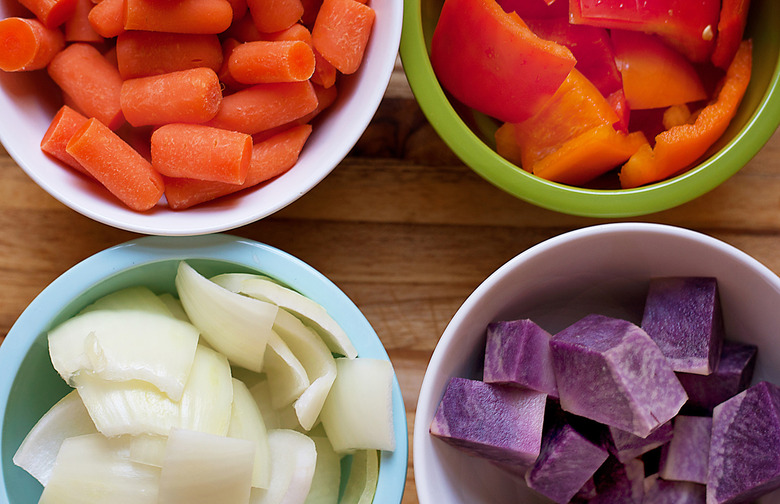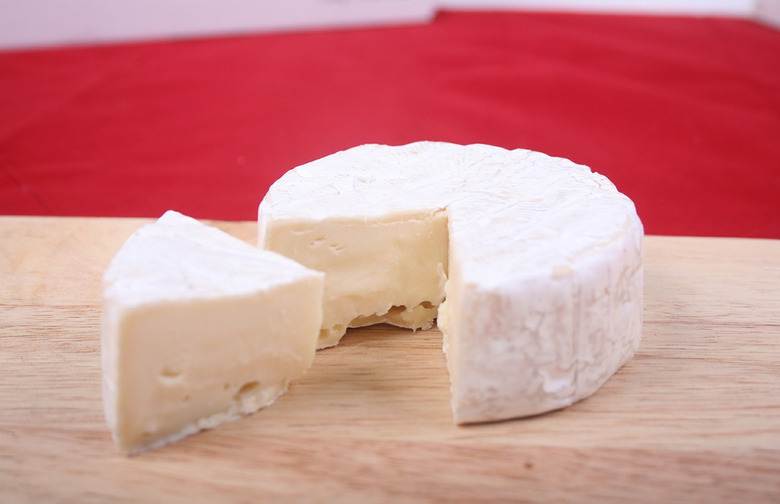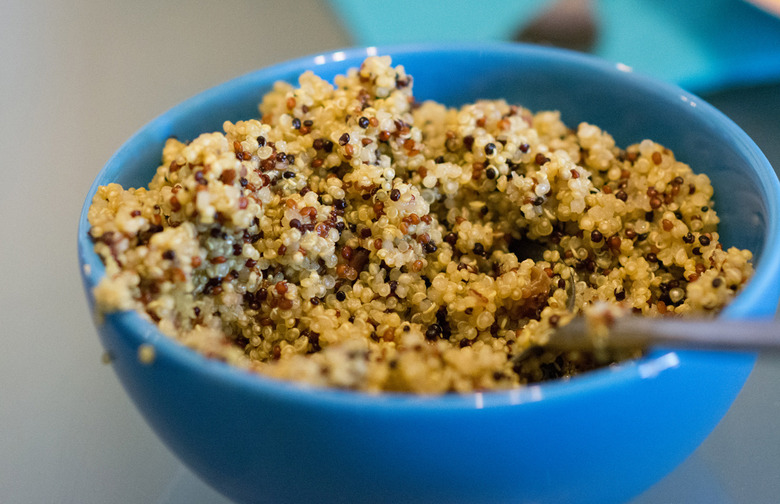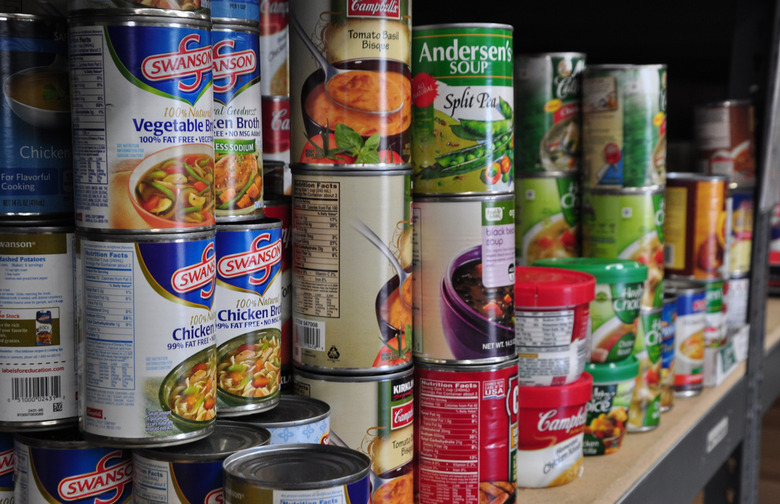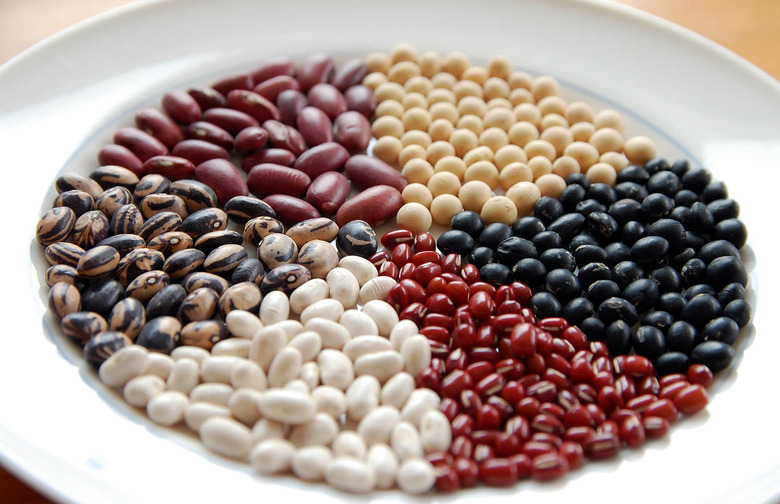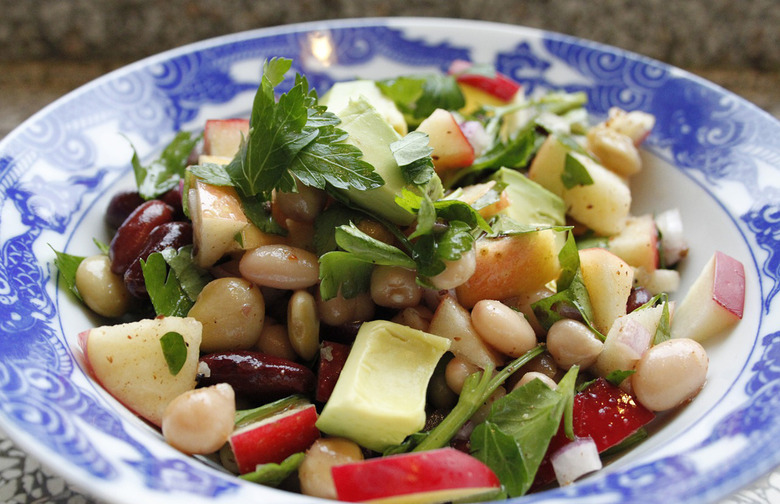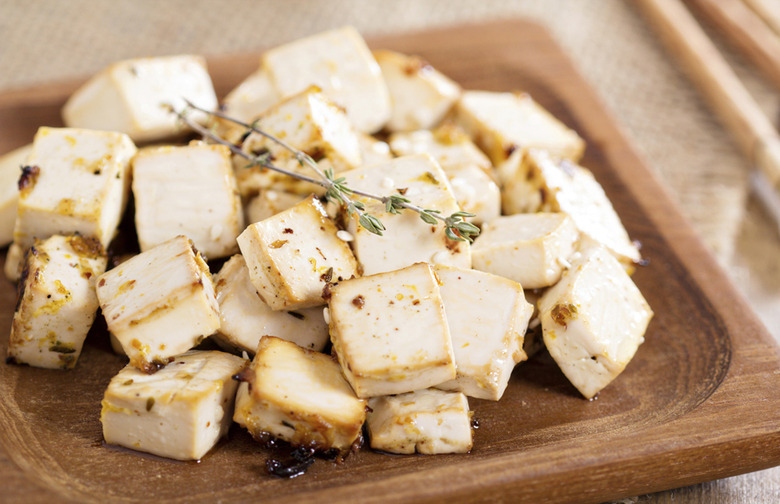15 Tips For Vegan Beginners
We compiled a list of tips to ease into a vegan diet and to help you prepare for the difficult questions, recipe alternatives, and ways to prepare so that you never feel hungry.
Become a Label Reader
"Many common ingredients in processed foods are animal-derived," Slater said. "Eventually you'll know them all, but when you're first getting started keep an eye out for: gelatin (derived from the skins or bones of animals), tallow (animal fat, also known as lard), casein (milk proteins, sometimes hiding in non-dairy cheeses), carmine (mostly found in cosmetics, this red coloring is made from ground-up beetles), and confectioner's glaze (another beetle-based ingredient often used in candy making)."
Be Kind to Yourself and Others
"Remember, being vegan isn't about perfection, it's about doing the best you can," Slater said. "Be patient with yourself and once you become a vegan guru, remember that others are still trying. Help them, don't judge them. "
Be Prepared
"If you travel a lot, or live somewhere that isn't so vegan-friendly, carry healthy snacks with you," Slater advised. "Some suggestions include I Heart Keenwah Quinoa Clusters because chocolate sea salt is perfect for sweet cravings and a protein boost, roasted nuts for a little protein shot on the go, individual packs of nut butter, because sometimes a bagel will save your life, and whole fruit."
Designate a Meal-Prep Day
"Washing, chopping, and cooking all those veggies might seem like a chore every day," Slater said. "Instead, do all your meal prep on Sunday night (or whenever it's convenient for you) and then vacuum seal and/or freeze your ready-to-go veggie mixes for roasting and stir-fries all week."
Don’t Worry About Cheese
"There are tons of alternatives like Follow Your Heart, Treeline, Miyoko's Creamery, and Daiya," Slater informed. "You can even make homemade versions from ingredients like nutritional yeast and potatoes."
Explore
"Borrow flavors from vegetable-heavy cuisines likes Thai and Indian," Slater said. "Spend some time reading vegan recipe blogs and try cooking one new dish every week."
Fill Your Pantry
"Stock your pantry with vegan staples like vegetable broth, non-dairy milk, nutritional yeast, maple syrup, flax meal, bananas, quinoa, and canned chickpeas."
Focus on What You Can Eat
"Try not to think of going vegan in terms of what you can't eat, but rather, in terms of what you can eat," Slater said. "Vegetables, fruits, grains, nuts, and beans can be prepared in endless ways."
Get Educated and Stay Motivated
"Watch movies like Forks Over Knives and Earthlings and read books like, Diet for a New America," Slater suggested. "The more you know, the more motivated you will be to stay vegan."
Get Ready to Talk
"People are going to ask you where you get your protein," Slater said. "They're going to ask you if you miss cheese. They're going to ask you if you were stranded on an island with nothing but cows what you'd eat. Have snappy answers ready for them. My answers are: The same place elephants get their protein — from plants. No, because I still eat cheese — it's made from cashews and almonds. And finally, I'd eat whatever the cows are eating."
Google It
"Need restaurant recommendations for an upcoming work trip," Slater asked. "Wondering how to vegan-ize your grandma's cookie recipes? Not sure if an ingredient is animal-derived? You'll be surprised the depth of information other vegans have already contributed online."
Join the Community
"Start following vegan Instagram accounts for recipe inspiration and daily motivation. Look for vegan meetups in your area, and join non-judgmental Facebook groups like What Fat Vegans Eat."
Know the Difference Between Plant-Based and Vegan
"The former is strictly about what you eat, while the latter also includes abstaining from the use of animal products in all aspects of your life — not wearing leather, not buying down pillows, etc.," Slater said. "Luckily there are lots of resources out there for the ethical vegan, like Logical Harmony for cosmetics recommendations or The Little Foxes for vegan fashion."
Learn the Bowl
"Every vegan knows the bowl: a haphazard mix of grains, beans, veggies, greens, crunchy stuff, and a sauce that adds variety to your weekly meal plan," Slater said. "Learn the basic structure and let your imagination run wild."
Try Swapping Foods to Make Transition Easier
"Commit to making one swap a week until you've eliminated animal products from your diet," Slater suggested. "'Swap' is the key word here. Replace meat with more veggies or meat alternatives like Beyond Meat, Gardein, tofu, seitan, etc. Replace dairy with store-bought or homemade alternatives. Don't just subtract from your diet or you'll have a tough time."

